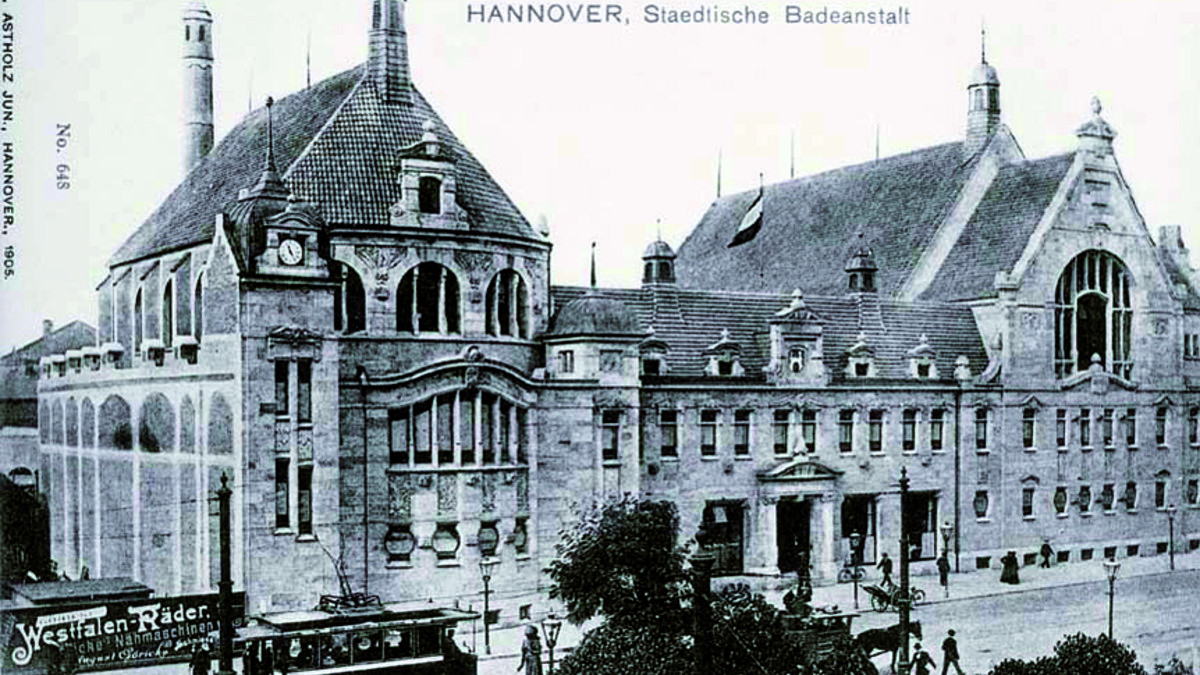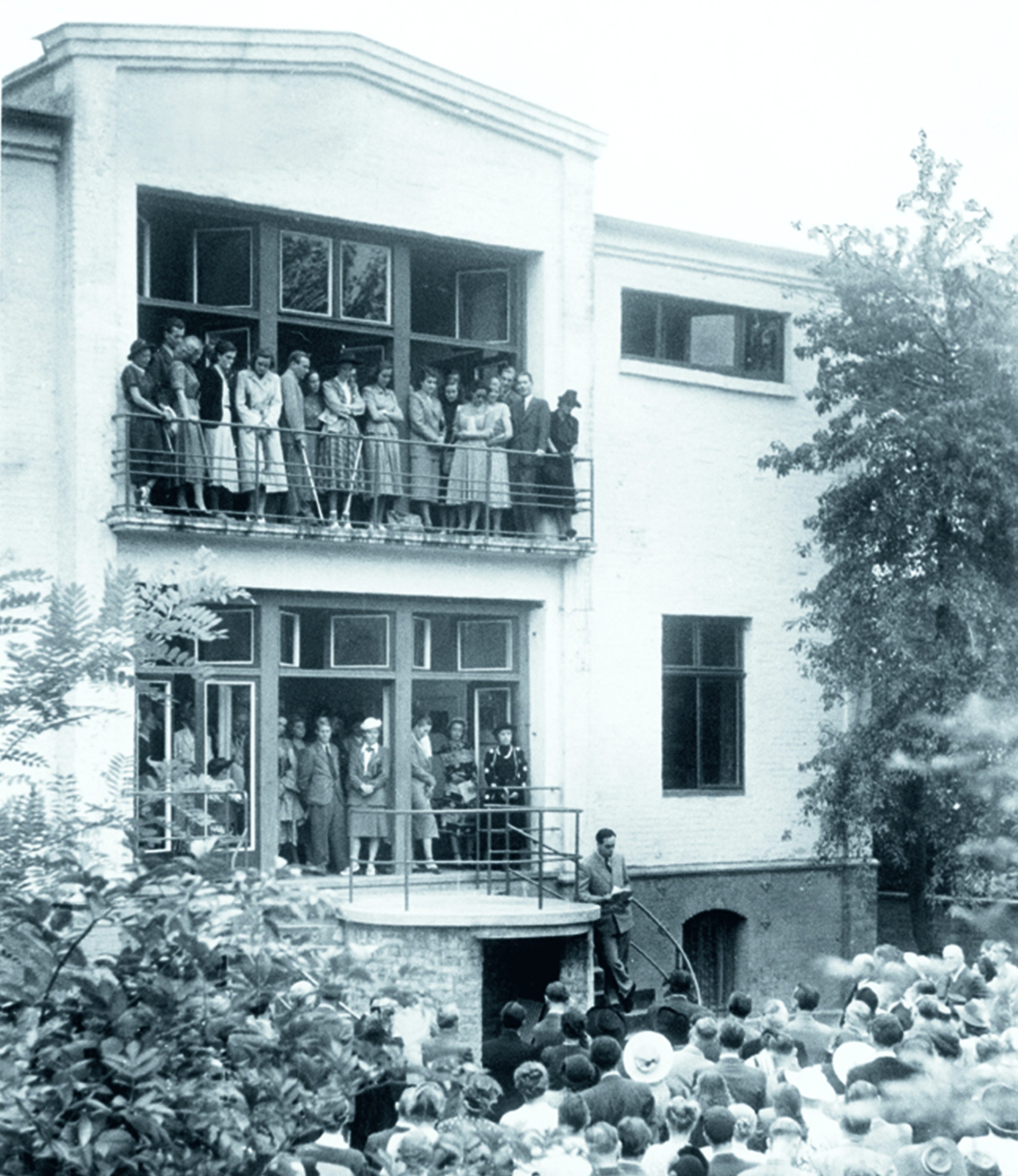History
The Kestner Gesellschaft has had an eventful history spanning more than 100 years, three locations, and one forced closure. The only thing that has never changed is its aim: to always show relevant, international art of its time, from Paul Klee to Guerrilla Girls.

Founding
Amid the unrest of World War I, a group of committed citizens founded the Kestner-Gesellschaft e.V. in 1916 to promote artistic life in Hanover. Among them were influential local entrepreneurs such as Hermann Bahlsen, August Madsack, and Fritz Beindorff. The new association was named after the Hanover diplomat, art historian, and archaeologist August Kestner (1777–1853).
The aim of founding a second art association in Hanover was to keep pace with modernism and bring the international avant-garde to Hanover. Soon after it was founded, artists such as Wassily Kadinsky, El Lissitzky, Käthe Kollwitz, and Kurt Schwitters exhibited at the Kestner Gesellschaft. Under the first director, Erich Küppers, and his wife Sophie Küppers, the Kestner Gesellschaft established itself as a place for cultural exchange. Alexander Dorner, who served as director from 1923 to 1924, also maintained close contacts with the international art scene. The influential exhibition organizer redefined the modern understanding of spaces for art and developed new ideas in art education.

Forced Closure in 1936
Starting in 1933, the Kestner Gesellschaft was increasingly confronted with the effects of the Nazi policy of enforced political conformity, antisemitism, and the defamation of “degenerate” art. For three years the Kestner Gesellschaft withstood the enormous pressure from the Nazis until the dismissal of the Jewish director Justus Bier became inevitable. This led to its forced closure in 1936.
Reopening in 1948
The new beginning for the Kestner Gesellschaft after the end of the war was faced with major challenges: The former building at Königstrasse 8 was destroyed, and a new location had to be found. In 1948 it was possible to reopen the institution in the exhibition spaces on Warmbüchenstrasse. In the decades that followed, the Kestner Gesellschaft grew into an international player in the art scene, thanks to pioneering exhibitions with Pablo Picasso, Marcel Duchamp, Sol LeWitt, Eva Hesse, Andy Warhol, and Rebecca Horn, among others. In the early 1970s the facilities were greatly expanded, but soon even these exhibition spaces could no longer accommodate the art. Most importantly, the building lacked the technical infrastructure for modern exhibitions.
Relocation to Goseriede
This changed with the relocation to Goseriede: in 1997 the Kestner Gesellschaft moved to a Jugendstil building in the center of Hanover which once housed an indoor swimming pool. The building was renovated according to a design by the Hanover architects Koch Panse and was awarded the BDA Prize that same year. Since then, the Kestner Gesellschaft has shown contemporary art across over 1,300 square meters of exhibition space. There have been solo exhibitions by Thomas Ruff, Santiago Sierra, Barbara Kruger, Alex Katz, Karla Black, and Goshka Macuga, among others.
